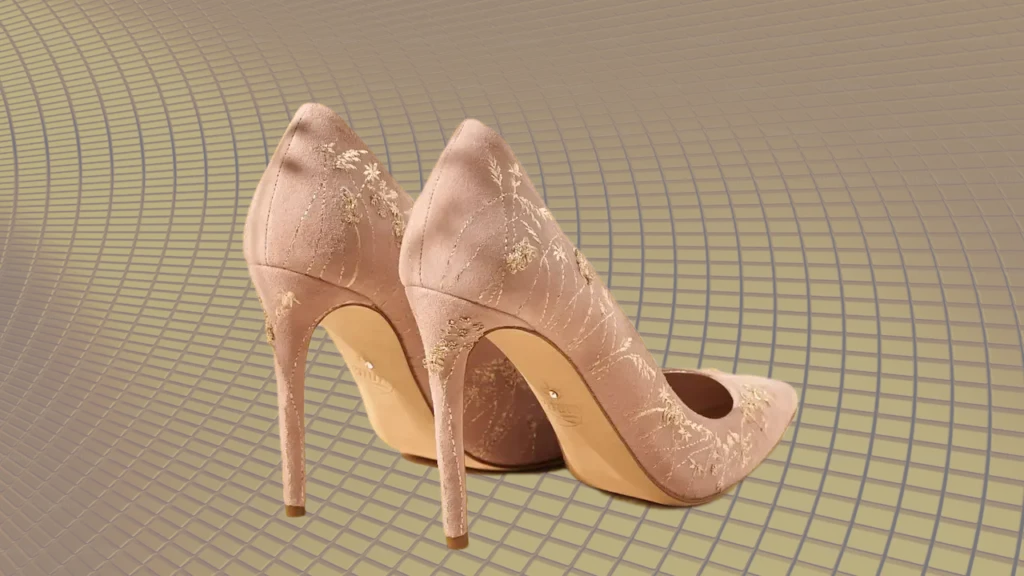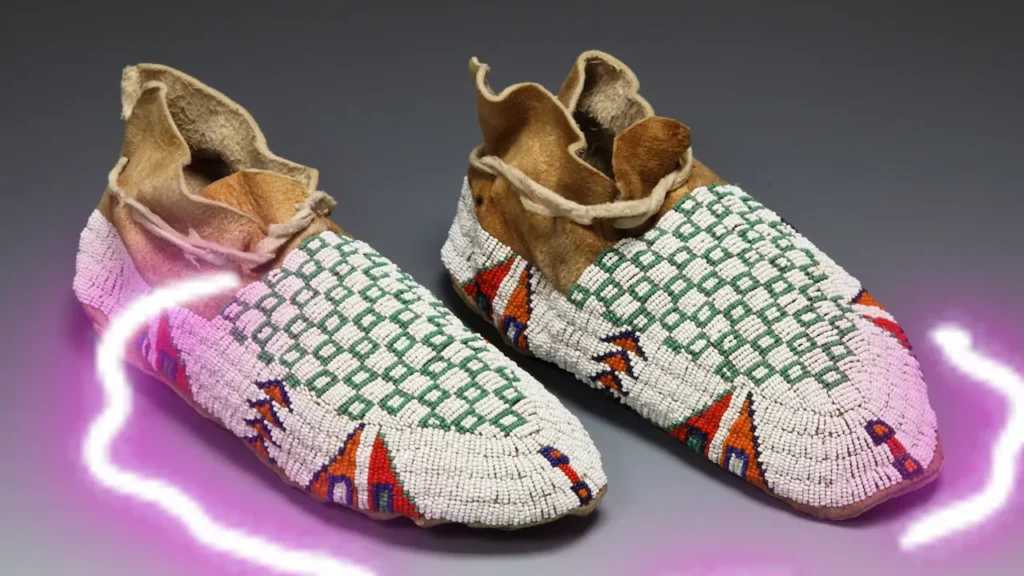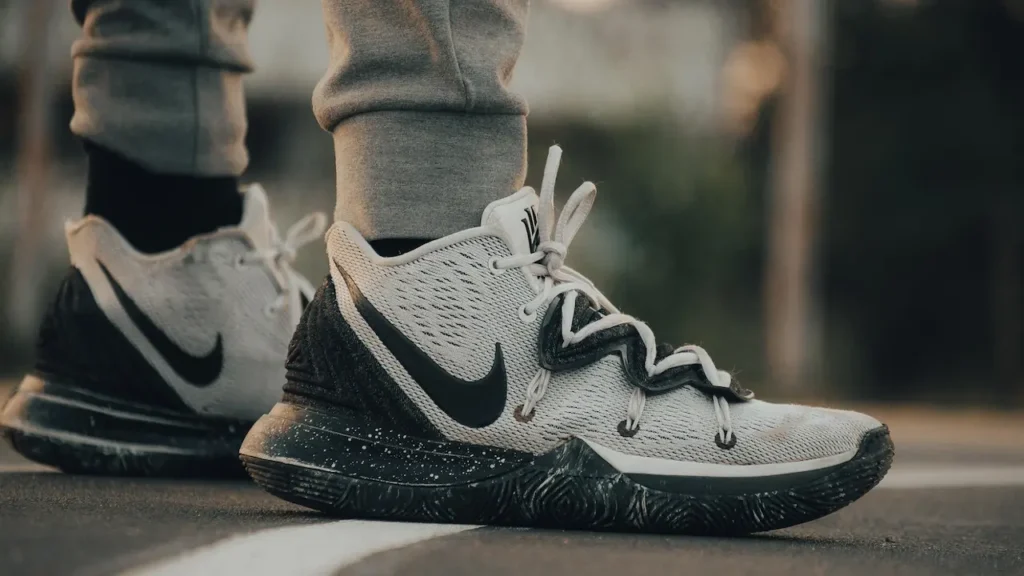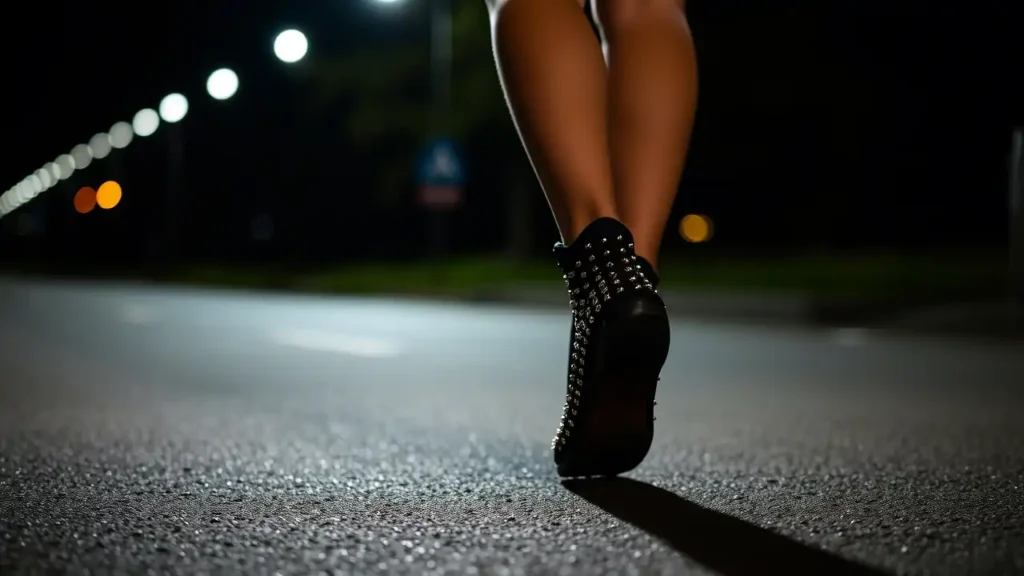Florence crafts over 1.2 million pairs of artisanal shoes each year. This Tuscan city merges centuries-old techniques with cutting-edge innovation. This article delves into the history, methods, cultural impact, and future of Florence’s shoemaking tradition.
Historical Foundations
Shoemaking in Florence began in the 13th century, driven by skilled artisans. The Calzolai Guild, established in 1317, set rigorous standards for quality. This guild laid the groundwork for Florence’s enduring reputation.
Tanneries along the Arno River supplied abundant leather. By the 15th century, Florentine shoes adorned European royalty. The craft became a mark of prestige and craftsmanship.
The Medici family, Florence’s influential patrons, demanded bespoke footwear. Artisans used fine leathers and intricate designs to meet these needs. This elevated shoemaking to a celebrated art form.
Guild records show over 300 shoemakers operated in Florence by 1500. Their work supported the city’s economy. It also shaped its cultural identity.
The Artisan’s Process
A single pair of Florentine shoes can require 250 individual steps. Artisans start by selecting premium leather from nearby tanneries. Each hide is checked for imperfections to ensure durability.
Patterns are cut by hand, tailored to precise measurements. These patterns reflect the customer’s foot shape. This ensures a comfortable, custom fit.
Stitching uses waxed linen thread for strength. Artisans employ awls and hammers. Each stitch showcases years of refined skill.
The Goodyear welting method secures the sole. Introduced in the 19th century, it extends shoe life. Resoling is possible without damaging the structure.
Polishing brings out the leather’s natural glow. Artisans apply creams and waxes meticulously. This final step can take up to four hours.
Heels are shaped and attached with precision. Artisans use hand-carved wooden lasts for balance. This ensures both style and function.
Apprenticeship Traditions
Nearly 85% of Florence’s master shoemakers trained as apprentices. Apprenticeships last five to seven years. They teach every detail of the craft.
Beginners handle basic tasks, such as cutting leather scraps. They advance to stitching and sole work under guidance. Mastery demands patience and practice.
Workshops train only one or two apprentices. This ensures close mentorship. It also upholds Florence’s high standards.
Apprentices learn to use traditional tools. They also study leather types and tanning methods. This knowledge preserves the craft’s heritage.
The Ferragamo family employs over 4,500 workers worldwide, rooted in Florence. Salvatore Ferragamo, born in 1898, pioneered ergonomic shoe designs. His Via Tornabuoni workshop remains a city landmark.
Gucci’s shoemaking legacy began in Florence in the 1920s. Their 1950s loafers became global icons. These designs still influence modern fashion.
The Mannina family produces fewer than 400 pairs annually. Their bespoke shoes attract elite clients. Exclusivity drives their international demand.
Corthay, another family-run workshop, specializes in artistic designs. Their shoes feature hand-painted leathers. Collectors value their unique aesthetic.
The Pucci family focuses on women’s footwear. Their delicate designs use soft leathers. These creations blend tradition with elegance.
Tools and Materials
A Florentine shoemaker’s toolkit includes over 40 specialized items. Curved needles, wooden lasts, and burnishing tools are essential. Each serves a specific purpose.
Calfskin leather dominates, sourced from Santa Croce tanneries. These tanneries use eco-friendly methods. Ostrich are reserved for luxury orders.
Soles combine oak-barked leather or high-grade rubber. Linen or cotton threads, waxed for durability, are standard. These materials ensure lasting quality.
Adhesives are used sparingly, favoring traditional stitching. Metal tacks secure heels and soles. Every material is chosen for performance and beauty.
Tanneries in Florence process 20% of Italy’s leather exports. Their sustainable practices reduce waste. This supports the shoemaking ecosystem.
A wooden last is carved for each customer. This mold ensures consistent fit for future orders. It’s a hallmark of bespoke craftsmanship.
Clients select leathers, colors, and stitching patterns. Artisans guide choices while prioritizing preferences. The process takes two to four months.
Fittings occur midway to adjust fit. Artisans refine details based on client feedback. This ensures a flawless final product.
Over 70% of bespoke clients are international. They travel to Florence for this experience. The result is a unique, handcrafted pair.
Modern Advancements
Florence accounts for 35% of Italy’s luxury shoe exports. 3D foot scanners improve measurement accuracy. Handcrafting remains the craft’s core.
Laser-cutting creates intricate leather patterns. This saves time while maintaining quality. It appeals to younger artisans.
Vegetable-based tanning is used by 65% of local tanneries. This reduces environmental impact. Leather scraps are repurposed for accessories.
Some workshops experiment with biodegradable materials. These innovations attract eco-conscious buyers. They also future-proof the craft.
Digital platforms showcase Florentine shoes globally. Artisans use social media to reach new markets. This blends tradition with modern outreach.
Cultural Impact
Florentine shoes feature in over 60 international fashion exhibitions annually. They embody Italy’s artisanal excellence. Locals see shoemaking as a cultural pillar.
Workshops host 50,000 tourists yearly for tours. Visitors observe artisans cutting, stitching, and polishing. These tours boost Florence’s economy.
The Feast of San Crispino, held October 25, honors shoemakers. Artisans display their finest works. The festival draws thousands of visitors.
Shoemaking inspires Florence’s art and design schools. Students study its techniques for modern applications. This keeps the craft relevant.
Local theaters stage plays about historic shoemakers. These performances highlight the craft’s role in Florence’s identity. They attract both locals and tourists.
Shoemaking generates €500 million annually for Florence’s economy. Workshops employ over 10,000 workers locally. This includes artisans, tanners, and suppliers.
Exports drive growth, with Asia and North America as key markets. Florence’s shoes are sold in 80 countries. Demand remains strong for luxury footwear.
Tourism tied to shoemaking adds €100 million yearly. Visitors spend on workshops, tours, and museums. This supports small businesses.
Bespoke orders account for 25% of shoemaking revenue. High prices reflect the craft’s exclusivity. This sustains small, family-run workshops.
Challenges to the Craft
Only 8% of Florentine shoemakers are under 30. The craft’s rigor deters younger workers. Many choose less demanding careers.
Mass-produced shoes from Asia undercut prices. These products appeal to cost-sensitive buyers. Artisans counter with superior quality.
Leather costs have risen 25% in a decade. This strains small workshops’ budgets. They must balance cost with quality.
Automation threatens traditional methods. Some workshops adopt machines for efficiency. These risks diluting the craft’s heritage.
Global supply chain issues disrupt leather availability. Tanneries face delays in raw materials. Artisans adapt by sourcing locally.
Florentine shoemaking influences Loro Piana and Zegna. Their collections incorporate Florence’s techniques. This amplifies the city’s global impact.
Over 5,000 international clients visit Florence annually for bespoke shoes. Many are business leaders or celebrities. Their orders sustain artisan workshops.
Shoemaking schools attract 300 foreign students yearly. They learn traditional methods and modern design. Graduates spread Florence’s techniques worldwide.
Trade shows in Paris and Milan feature Florentine artisans. These events secure international contracts. They also elevate the city’s reputation.
Online marketplaces sell Florentine shoes to global buyers. Artisans partner with platforms to reach new audiences. This expands their market share.
Preserving the Legacy
Florence hosts 220 active shoemaking workshops. The Consorzio Calzaturieri Fiorentini promotes them globally. It organizes exhibitions and trade fairs.
Government programs fund apprentice training. Subsidies cover up to 50% of costs. This encourages young artisans to join.
The Ferragamo Museum preserves 15,000 historic shoes and tools. It attracts 60,000 visitors annually. This educates the public about the craft.
Local schools offer shoemaking courses to teenagers. These programs spark early interest. They aim to grow the next generation of artisans.
Nonprofits restore antique shoemaking tools. These efforts preserve historical techniques. They also inspire modern artisans.
Florence’s shoemakers blend tradition with innovation. Hybrid designs appeal to younger buyers. This keeps the craft relevant.
Collaborations with luxury brands create limited-edition shoes. These partnerships attract global attention. They also fund small workshops.
By 2035, 50% of workshops plan to adopt digital tools. These include design software and CNC machines. The human touch remains central.
Sustainability drives future growth. Artisans experiment with plant-based leathers. This aligns with global eco-friendly trends.
Shoemaking schools plan to expand online courses. This will reach more international students. It ensures the craft’s global legacy.
Florence’s shoemaking tradition thrives on skill and heritage. Artisans craft shoes that blend art and function, cherished worldwide. The craft’s future lies in balancing tradition with innovation.




